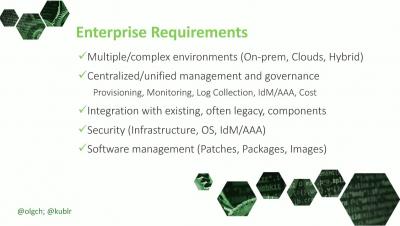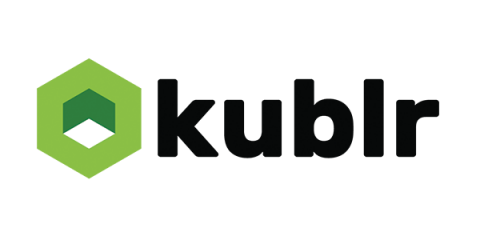Operations | Monitoring | ITSM | DevOps | Cloud
September 2019
Understanding Kubernetes Operators
Almost every Kubernetes tutorial speaks about how to quickly deploy a container in a pod and expose it as a service. Mostly these tutorials focus on stateless services and ignore a deeper explanation of state management in Kubernetes. But Kubernetes supports both types of deployments, the stateless deployments and stateful deployments and they have somewhat different operational requirements.
Setting up a CI/CD pipeline with Jenkins, Nexus, and Kubernetes
This is the first in a series of tutorials on setting up a secure production-grade CI/CD pipeline. We’ll use Kublr to manage our Kubernetes cluster, Jenkins, Nexus, and your cloud provider of choice or a co-located provider with bare metal servers. A common goal of SRE and DevOps practitioners is to enable development and QA teams. We developed a list of tools and best practices that will allow them to iterate quickly, get instant feedback on their builds and failures, and experiment.



